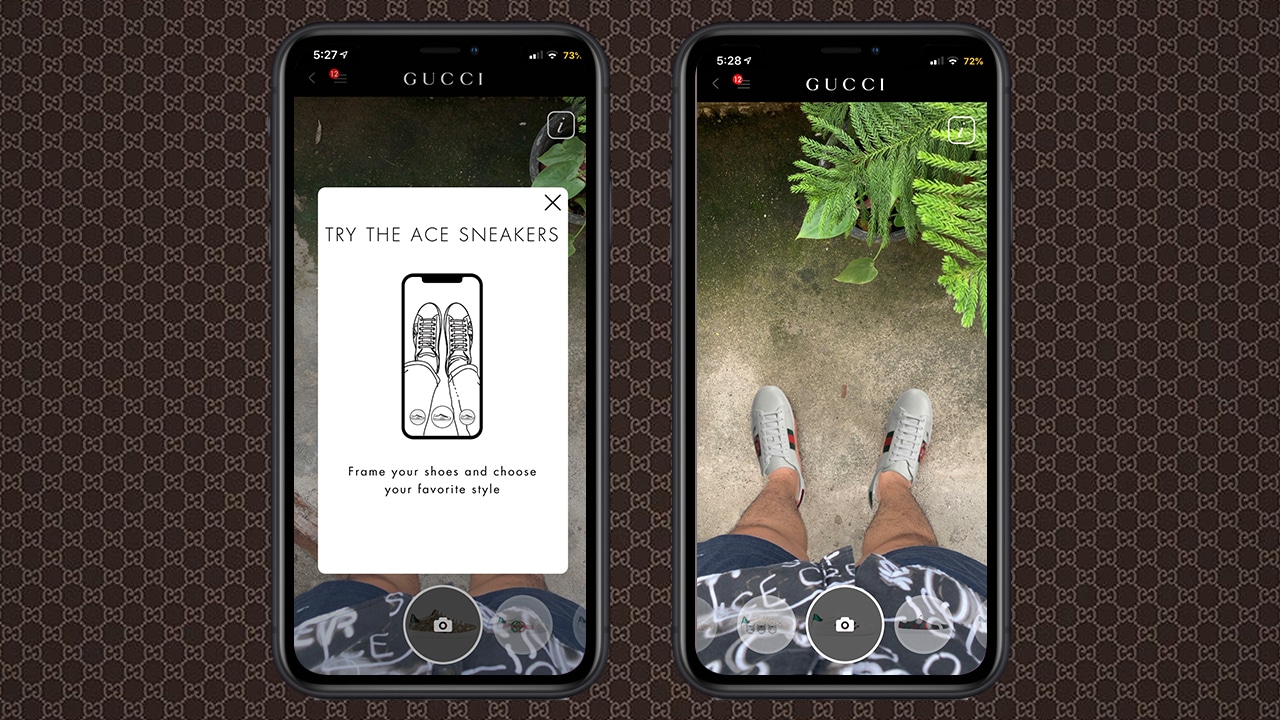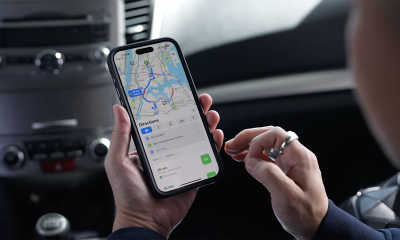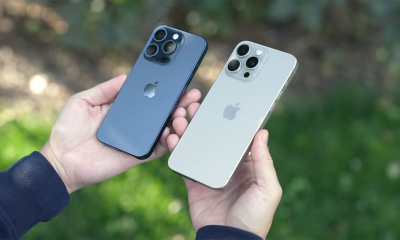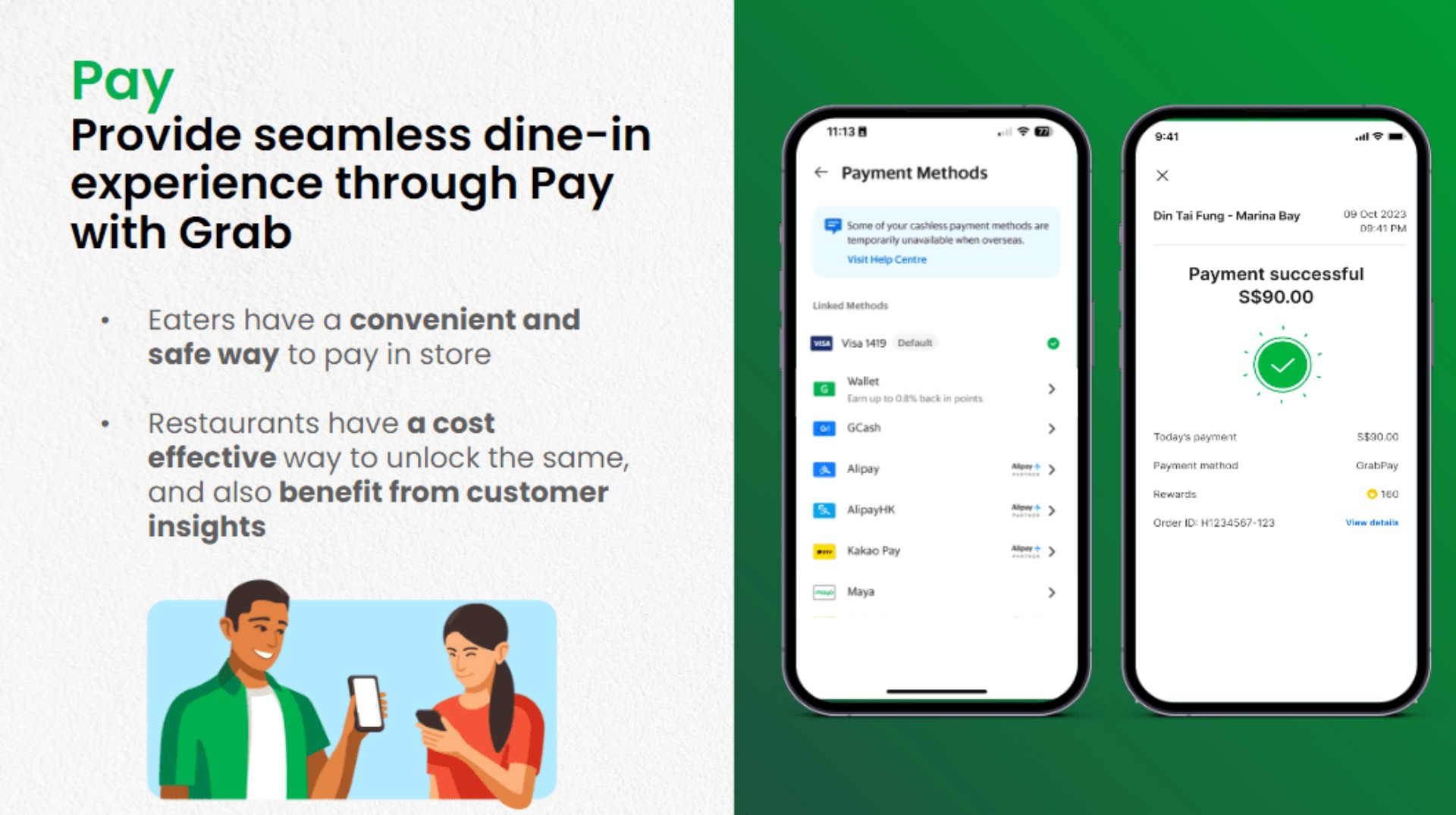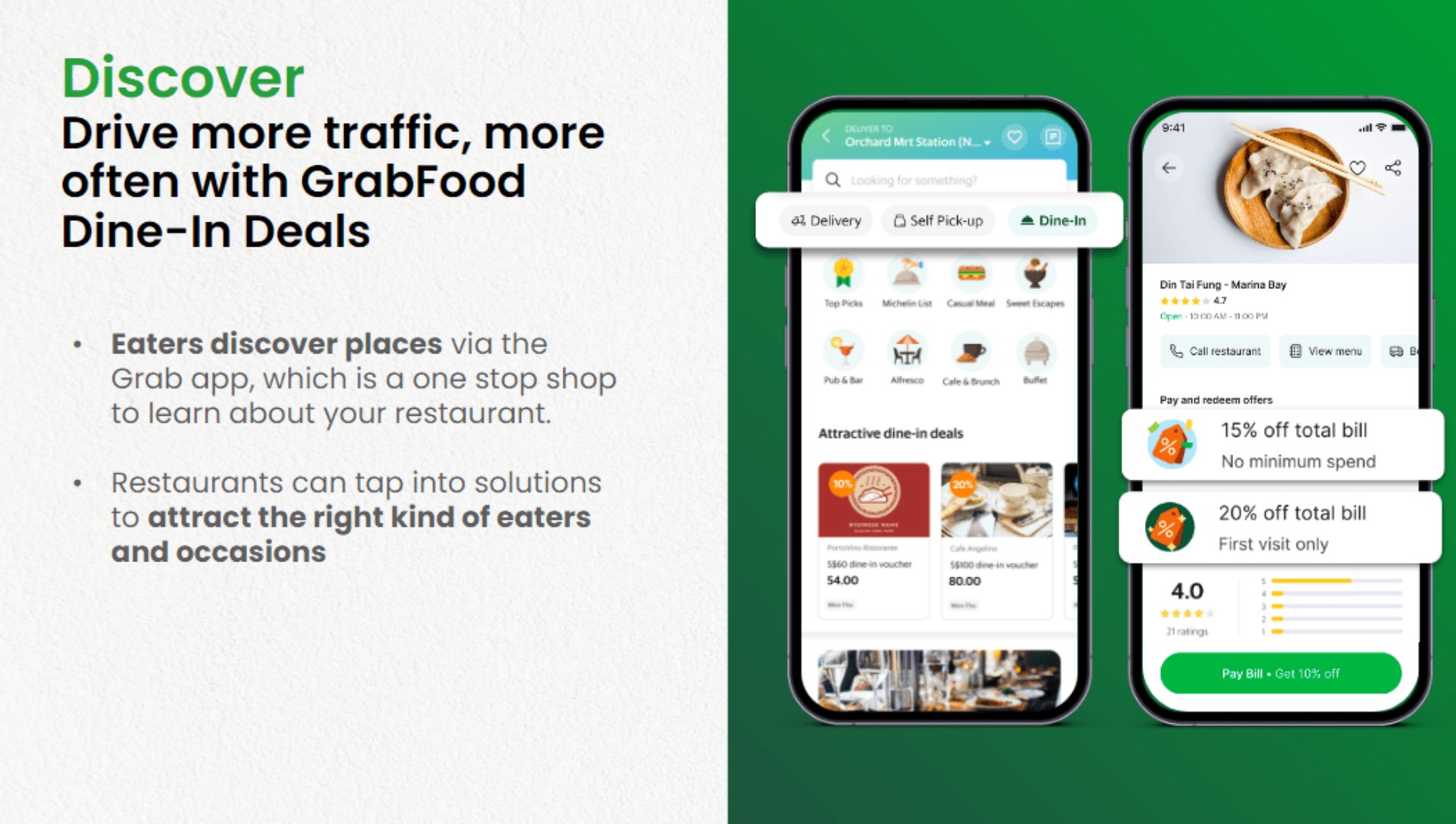Apps
Gucci lets you virtually try their products through your smartphone
A game-changer for the high fashion industry

Gucci is changing the game for the high fashion industry! Recently, the Italian fashion house announced a new feature on its mobile app. Fans can now virtually try Gucci’s products just by using their mobile smartphone.
The brand was able to pull this off by partnering with Wannaby, an augmented reality technology company which is also the one behind Wanna Kicks, an AR app that lets you virtually try any sneakers.
To try it, download the app first. If you love Gucci, I’m pretty sure you already have the app so skip this step. Once in, you’ll be greeted with a plethora of stuff to try but don’t be distracted! The very first thing you’ll see is the page that allows you to try the sneakers of your dreams.
You’ll then get a prompt to frame your shoes so point your camera downwards and try those Ace sneakers!
Of course, you can take a snap to post it on social media and brag how these Gucci sneakers look good on you. Pretty dope app, right? On the bright side, Gucci’s integration of AR technology on their app decreases the time spent trying on shoes while shopping.
Can fashion and technology coexist?
This isn’t the first time that a fashion house incorporated technology to amp up their brands. Louis Vuitton recently put tacky screens on their handbags, while streetwear Off-white used Instagram Story filters to bring in new glasses launched during Paris Fashion Week SS19.
Other examples are seen on events such as when celebrities graced the Met Gala in 3D printed pieces and Dolce & Gabbana used drones instead of models on their runways. Even Maison Margiela’s couture fashion show is iPhone inspired!
Some tech brands even collaborate with designer labels to produce a more premium product. For example, Apple has partnered with Hermès for a designer smartwatch, and Moschino collaborated with Honor to design a limited edition version with a matching case and accessory. However, not every partnership goes well as seen when Swarovski partnered with Huawei and it caused an uproar in social media.
More and more fashion houses are utilizing technology, but Gucci is already one step ahead. After all, putting on a show doesn’t actually bring in sales, unique customer experience does.
Gucci’s app is available on both iOS and Android, however, its AR technology can only be accessed through iPhones.

Apps
Here’s why Grab Philippines is now focusing on dine-in too
A pivot to support consumers and partners’ needs

In a bid to strengthen its omnicommerce strategy, Grab Philippines is pivoting to an approach that sees the app put equal priority to both dine-in and food pick-up and delivery.
Although Grab’s food delivery arm GrabFood has been known throughout the years for its food pick-up and door-to-door services, Grab is working on also enhancing the dine-in experience. This aligns with Grab’s even bigger goal of meeting the needs of both consumers and MSME merchant partners.
So why dine-in “using” Grab?
As discussed during the GrabNext 2024 conference, Grab is pivoting to support the shift in consumer preferences, while integrating digital convenience to in-person dining. This move is largely due to the resurgence of dine-in culture after the pandemic.
Grab’s hybrid service model incorporates both physical presence and digital efficiency, so Grab’s restaurant partners can capitalize on the increased foot traffic.
Pay With Grab, Instant Deals
To cater to both diners and its MSME partners, Grab has rolled out two new services: Pay With Grab and Instant Deals.
Pay With Grab allows diners to pay using the Grab app for contactless transactions. They may connect bank accounts or other e-wallets that they already have used for Grab to complete the transaction.
On the other hand, Instant Deals allows restaurants to offer customizable and timely promotions to attract more customers. These deals can be adjusted in real-time to reflect trends or even weather conditions. The deals will be shown on the restaurant’s GrabFood page.
How do I exactly dine-in with Grab?
Look at it this way: Grab is trying to have more consumers search for restaurants using the Grab app itself. Say for example you’re undecided where to eat or what to eat, Grab will help with that.
Oftentimes, Filipino diners ask out loud, “Saan puwede kumain (Where to eat)?” and “Saan ba masarap kumain (What’s a good place to eat at)?” With Grab’s new approach, they can simply open the app and see for themselves. If you end up finding an interesting restaurant that suites your cravings for that moment and also happens to have promos at the time, that’s a win for both you and the restaurant.
This is why Grab is incorporating particularly the Instant Deals service. As a return, their partner restaurants also benefit from more sales. After all, Grab isn’t the “all-in-one super app” for nothing.
Better support for MSMEs
Grab has also strengthened its support for MSME partners with enhanced omnicommerce that focuses on seamless integration.
First, Grab has unified the dine-in, pick-up, and delivery services into an easy-to-use platform for MSMEs to access. This tool supports inventory management, order tracking, and customer relationship management.
Moreover, MSMEs are provided with data-driven insights to better understand customer preferences, peak times sales patterns, and more. These advanced analytics will be useful for strategic decision-making on the restaurant’s part.
Grab also offers financial flexibility for its partners by offering access to GrabFin loans and faster settlement times.
Lastly, an Improved Marketing Manager tool empowers MSMEs to efficiently create and deploy marketing campaigns. This allows them to connect better with both digital and dine-in customers.
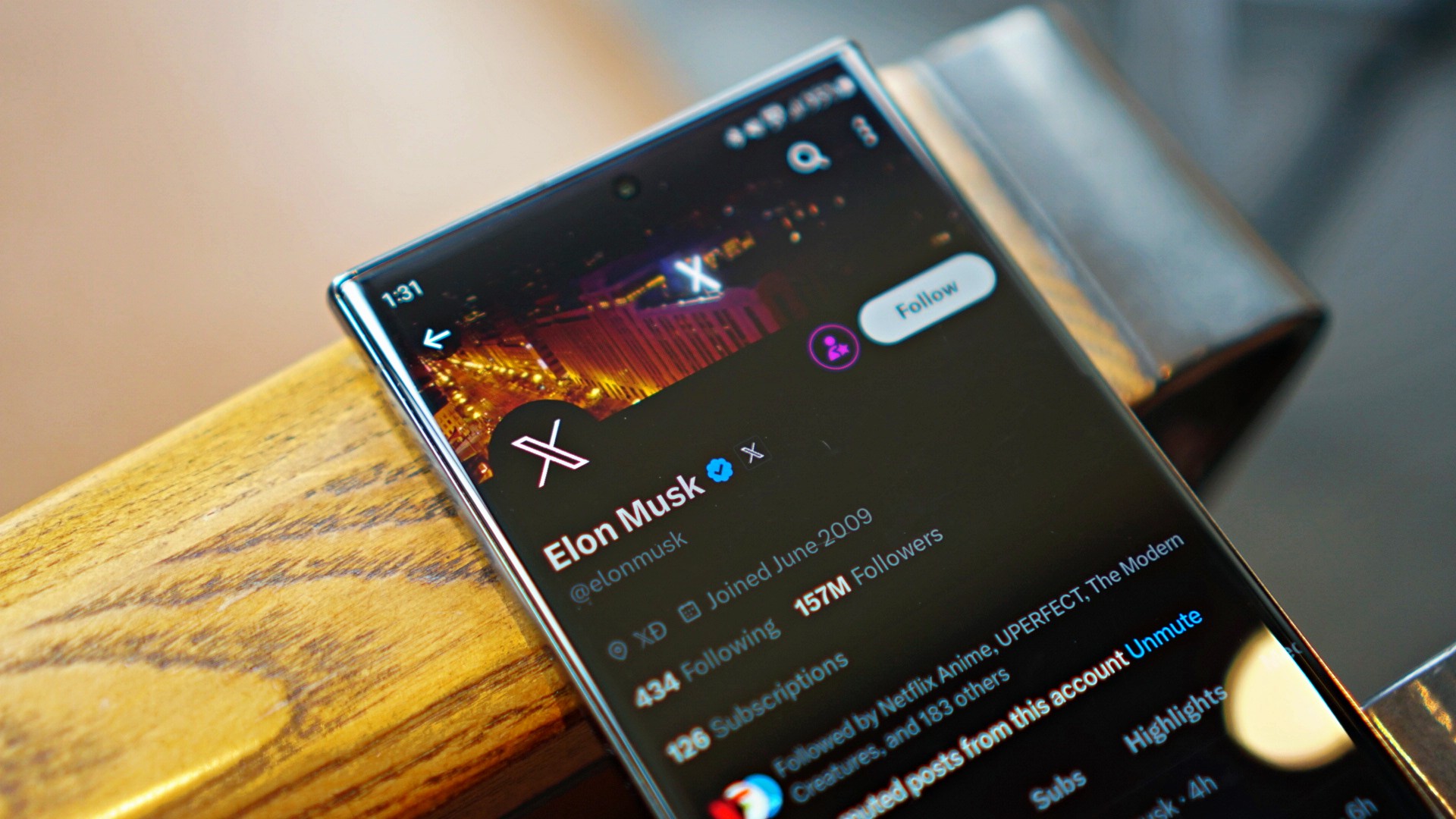
New users on X might soon face a tough time on the platform. The social media website will likely start charging new accounts a small fee for the right to post on the platform.
Now, the fee isn’t a new one. Almost six months ago, the company tested the paid system in New Zealand and the Philippines. New users in those countries had to pay a dollar per year for the ability to post and reply to content.
As spotted by X Daily News on the same platform, the company might be ready to take the experiment to a larger market. New text strings have shown that the policy is rolling out worldwide.
SPECULATION: X might be expanding its policy to charge new users before they reply/like/bookmark a post https://t.co/odqeyeiHBx pic.twitter.com/EU71qlwQ0D
— X Daily News (@xDaily) April 15, 2024
The policy is designed to combat a wave of bots appearing on the platform. By preventing new accounts from creating posts, X hopes to stave off the standard behavior of bots these days. You might have noticed them as OnlyFans creators in unrelated posts, peddling NSFW content on their bio.
Though the global rollout was only just spotted, owner Elon Musk has seemingly confirmed the change. Replying to X Daily News, Musk says that it is “the only way to curb the relentless onslaught of bots.” He says that the current breed of bots can easily bypass simple checks these days.
Apps
Disney+ might get always-on channels similar to cable TV
Featuring content from Marvel, Star Wars, and classic Disney
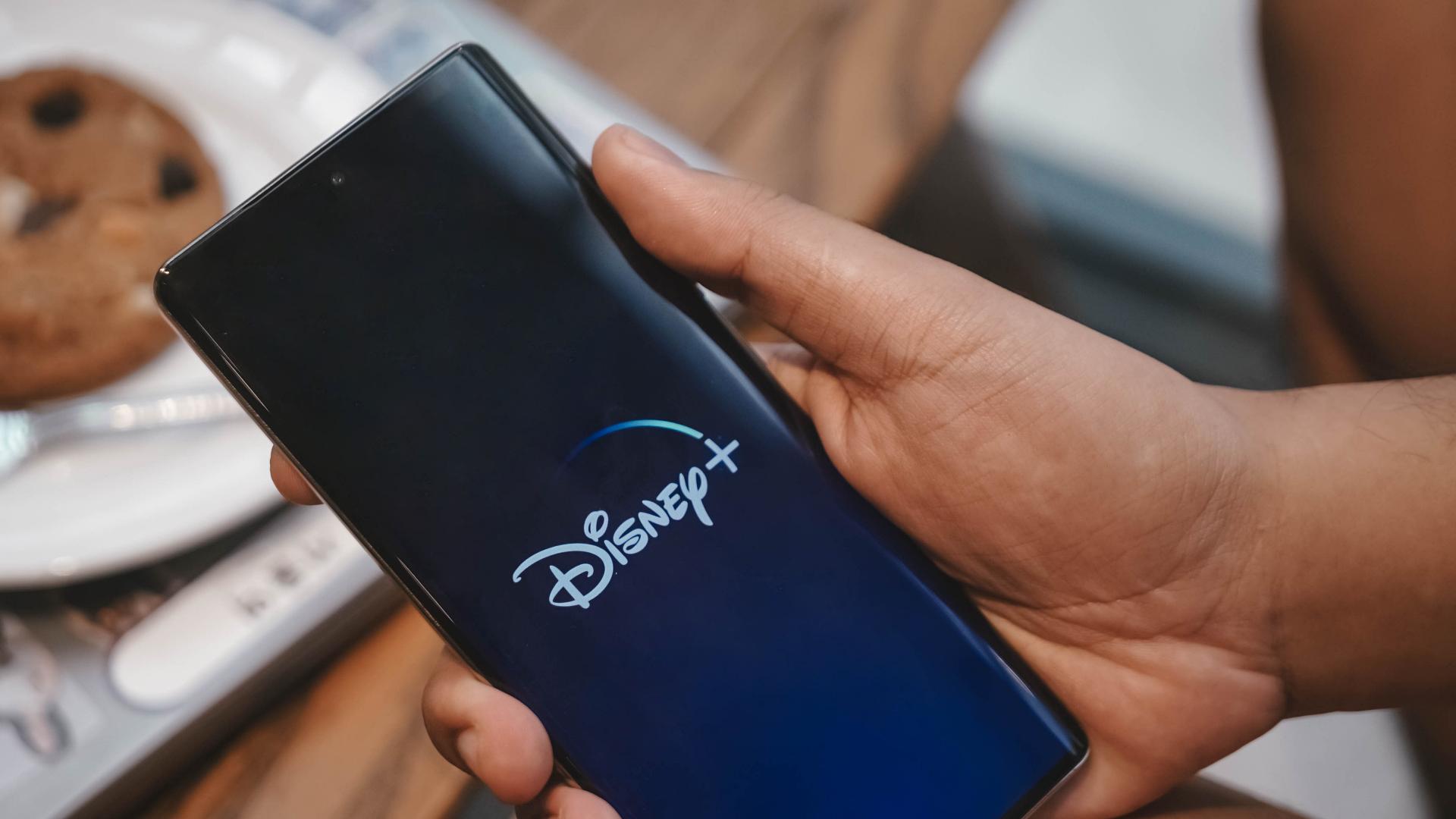
The burden of choice on streaming platforms is real. If you’re like us, you’ve spent hours just mindlessly scrolling through titles on Netflix or Disney+ without watching anything. Netflix, at least, has a Play Something button to fight off that irresistible urge. Now, Disney+ is reportedly trying something different: always-on channels.
If you already cut cable from your lives, you’re likely missing traditional channels or networks that have pre-determined programming. It was a flawed system that eventually ended up with mediocre content and a downpour of ads. However, cable did allow us to keep watching without deciding what comes next.
Now, according to The Information, Disney+ is working on adding those channels to its streaming service. Naturally, these channels will include content from the platform’s library such as Marvel, Star Wars, and its list of classic animated films.
Strangely, the reported feature might still have ads in between programs. Though the addition of ads does mean a better similarity with real television, users still have to be paying subscribers to access the channels. Even if you’re already paying for Disney+, you might still get hit with ads.
Disney has not confirmed the reports yet. The platform might launch a version of the feature outside of the scope included in this report. It’s also unknown when these always-on channels will launch.
SEE ALSO: Macross to be available on Disney+
-

 Events2 weeks ago
Events2 weeks ago[UPDATED] Stellar Blade: PlayStation taps cosplayers to play Eve for game’s launch
-

 Features2 weeks ago
Features2 weeks agoFortify your home office or business setup with these devices
-

 Reviews1 week ago
Reviews1 week agorealme 12+ 5G review: One month later
-
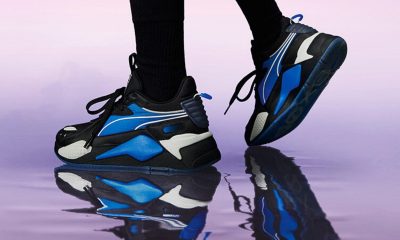
 Gaming1 week ago
Gaming1 week agoNew PUMA collection lets you wear PlayStation’s iconic symbols
-

 Accessories1 week ago
Accessories1 week agoMarshall Major V: Reasons Why I Love It
-

 Gaming1 week ago
Gaming1 week agoMore PlayStation 5 Pro specs have been leaked
-

 Features1 week ago
Features1 week agoWhy choose the MSI Claw?
-

 Gaming2 weeks ago
Gaming2 weeks agoUbisoft is taking away copies of The Crew from your library



